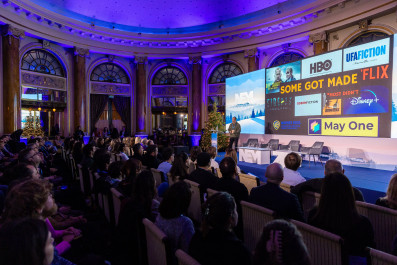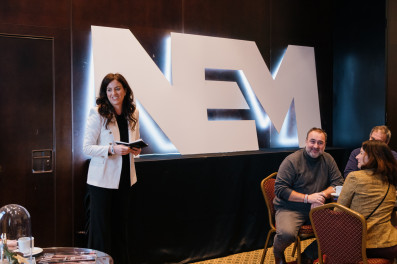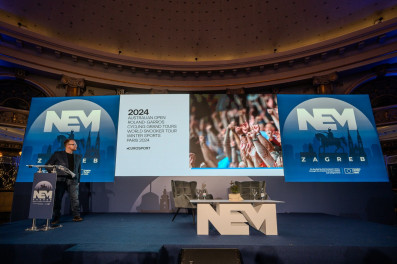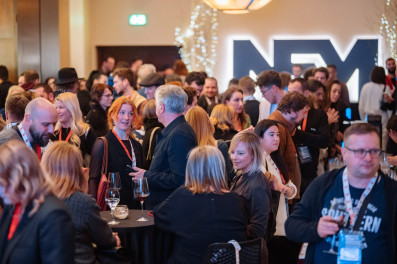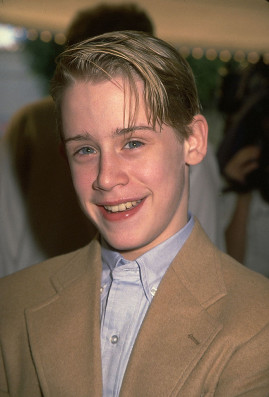
Interview with director Ivan Ramljak: Visiting the island and watching movies at the cinema are my biggest life obsessions
Tonight, HRT 3 broadcasts Ivan Ramljak's film Kino otok
Last night, HRT 3 broadcasted Ivan Ramljak's multi-award-winning film Kino Otok. On that occasion, we talked with the author about documentary production in Croatia, the process of making a film, and the relationship between public service and independent production.
Ivan Ramljak is a longtime journalist and editor in print and electronic media focused on film and music. From 1999 to 2004, he was one of the leaders of the Močvara club, the author of Filmskih večeri u Močvari, and the organizer of the first Festivala filma o ljudskim pravima u Zagrebu. Since 2006 he has been engaged in film production and directing. In 2009, together with Marko Škobalj, he directed the short film Oslobođenje u 26 slika the winning film of the Sarajevo grad filma project.
Is it a little too late, since the film is six years old? What does this belated satisfaction mean to you as a director, with the fact that they wrote the title of the film in the announcement incorrectly? Could the film O jednoj mladosti premiere soon? Last week, after three years, Nebojša Slijepčević, a Srbenka, was shown on public television at 11:25 p.m. How do you interpret that?
HRT is extremely reluctant to show domestic independent documentary production, although it is their legal obligation. There are several reasons for this, and I think the main one is that their free-thinking films do not fit into a program consisting of the transmission of Masses, culinary and talent shows, and documentaries about the heroes of the Homeland War. It is also inconvenient that these films often mention terms that are tacitly or mutually prohibited on HRT. So then e.g. renaming the documentary Trst, Yugoslavia to Blue & Black Jeans only on HRT. My film was bought after a very unanimous loud campaign of the film community We watch it, HRT doesn't, when they were forced to buy and show something due to public pressure. Srbenka was also included in that package. In short, HRT is, although in strong competition, one of the biggest shame of this country, which can be seen from the illiteracy that reigns in it. We will see the fate of O jednoj mladosti in the following competitions.
Does documentary production in Croatia live off the enthusiasm of individuals? How difficult is it to access public funds and how transparently and fairly are they shared?
HAVC, despite the political shifts that took place thereafter the Hribar era, is still functioning well, documentary production is booming and better films are being made, which often have success at foreign festivals. Of the more recent examples, I would single out the films Tvornice radnicima by Srđan Kovačević and Nulti krajolik by Bruno Pavić. Unfortunately, the situation is not the same when it comes to feature films, so I think we should consider changing the ratio of money received for the production of feature and documentary projects. Now he is probably 7: 1 in favour of the feature film.
What made you visit cinemas on Croatian islands and tell the story of 18 of them? As I conclude from the film, some are completely devastated today, some have been restored, some are practising yoga, or have been shot. What does this tell us about the dynamics of people's lives on the island now?
Visiting the island and watching movies at the cinema are probably my biggest life obsessions, so the date is quite expected. A specific idea came to my mind after I wanted to show one of my short feature films shot on the island of Korcula in several places on the island. I thought that there were cinemas there only in Korcula and Vela Luka, and then it turned out that there was every place with more than 500 inhabitants, so there were 9 or 10. After that, I went to explore the situation on other islands and concluded that it was an interesting topic for the film. Unfortunately, on most of our islands the same thing is happening, depopulation and/or a complete turnaround in tourism. This second topic is discussed in my film Mezostajun, in which we watch a winter island town turned into a backdrop, emptied of any content that has nothing to do with tourism.
Why did the cinemas on the islands fail? The fate of the decay of cultural centres where cinemas were located in the war-torn areas is clear to us and the moments when places of brotherhood and unity became places of razbratnost, as Viktor Ivančić writes in the book Iza sedam logora.
This happened in stages, for various reasons. The first big drop in cinema attendance came in the 1970s with the greater penetration of television into people's homes, the next blow to cinemas was dealt with by the advent of VCRs in the 1980s, and then came the war. The last stake in the coffin of independent cinemas was the transition to digital technology a decade ago. But we must say that we are one of the few countries in Eastern Europe where this transition may have been a lifeline. In just a few years, the Ministry of Culture and HAVC have equipped about 50 of them through a campaign to finance the digitization of independent cinemas, some of which have been closed for some time before digitization. For Eg in Romania or Serbia, independent cinemas have experienced total collapse with digitalization. As far as cinemas in Dalmatia are concerned, the Kino Mediteran project, implemented by a team from the Split Mediterranean Film Festival, has played a major role. They have revitalized about 20 cinemas from Lastovo to Ploče and are organizing a program in them. So it's not all black.
One of the interlocutors says that they did not perceive the film as just fun. To what extent was filming a more powerful emancipatory tool and a window to the world in the middle of the twentieth century, and how much do we despise it today in the cacophony of information, content, and accessibility? Can that change?
Before the advent of television, cinema was almost the only visual window in the world. Crowds of cinema audiences in small towns went to screenings more because of the film magazines that were shown at the beginning than because of the film. Men, for example, wanted to see goals from an important game, women like current fashion. Some had their first sexual education in cinemas, especially in the 1970s and 1980s, when erotic films were normally released in Yugoslavia. Today, cinema is an outdated form of enjoying visual content, which I fear is threatened by the fate of opera or vinyl records. But there will always be nostalgics, fetishists, and hipsters who will visit him. Of course, I'm not talking about multiplexes that have turned into amusement parks, it's hardly more and can be called cinema and film.
Why don't we see your interlocutors talking about their memory of the cinema, but we only hear them from off? At times, you add to them the tone of the movies they talk about. How demanding was it as a director and editor, to function in the end, tell a story and be poetic? On the other hand, you have portrayed those who are today in places where there used to be a cinema as executors. Why?
The decision not to see the interlocutors stemmed from the desire to move away from some classic documentary, given that with older and more immobile protagonists in the visual sense, you can not do much except the so-called. talking heads interviews. As for the other segments of the film, the concept was to present them as some ghosts that still inhabit those abandoned spaces we see. That is why they are not seen, and they are a contrast to the people who are doing something else in those cinemas today, which we see, but they have been 'deprived' of the right to speak. I wouldn't call them executors, more intruders. But I prefer that even today these spaces still have some social function, rather than gaping empty, like the few cinemas also shown in the film that were returned to the church and now serve as warehouses or are just empty and falling apart.
With so much time and experience, if you could change something in the film, what would it be?
I wouldn't change anything. When we were shooting the film there was one shot that I imagined differently than we did in the end. This is the last frame of the film, that of an abandoned cinema on Goli Otok. The reason why we went to film it is that there is usually a flock of sheep sleeping in it, but a few days before we came to the island, that flock was transferred to Rab without our knowledge so that the sheep would be warmer over the winter. I was sorry at first that we missed the sheep, but in the end, I realized that it would give that shot, as well as the ending of the film, some wrong connotation.
What are you currently working on?
I have been working on a documentary about the refugee in El Shatt for four years. For younger readers, this is an episode from World War II when after the fall of Italy and before the arrival of the German army, almost 30,000 people from Dalmatia, mostly women, the elderly, and children, were evacuated to the Egyptian desert, the Sinai Peninsula, in the middle of nowhere. They lived there for almost 2 years under tents, in a small communist utopia, which was to show the West what this new Yugoslavia would look like. Schools, workshops, choirs, ballet groups, football clubs were organized ... the church operated in agreement with the partisan government, and there were many intellectuals of the time such as writers Ranko Marinkovic and Vjekoslav Kaleb, conductor Josip Hatze, Savka Dabčević (later Kučar) and others. Among others, my grandfather who worked as a doctor.



